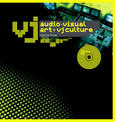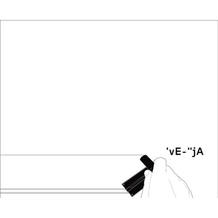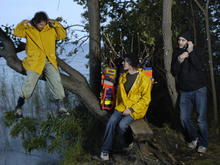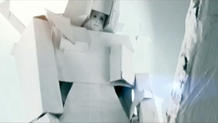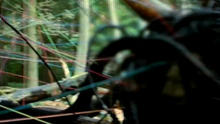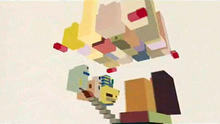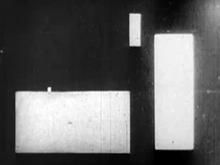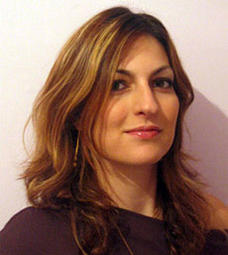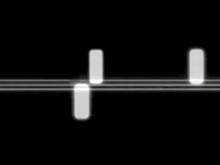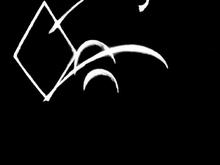CLP: Bang Out
(2008)directed by Berlin based video artist collective Transforma is taken from CLP's album called Supercontinental released on Shitkatapult.
When CLP asked Transforma to do a video to a track from their new album, they dug deep in the prop-box, whacked the helmet man on the head a few times and he dreamed up this colourful cardboard Alptraum. Bang out of order.
Source: Transforma on Vimeo
